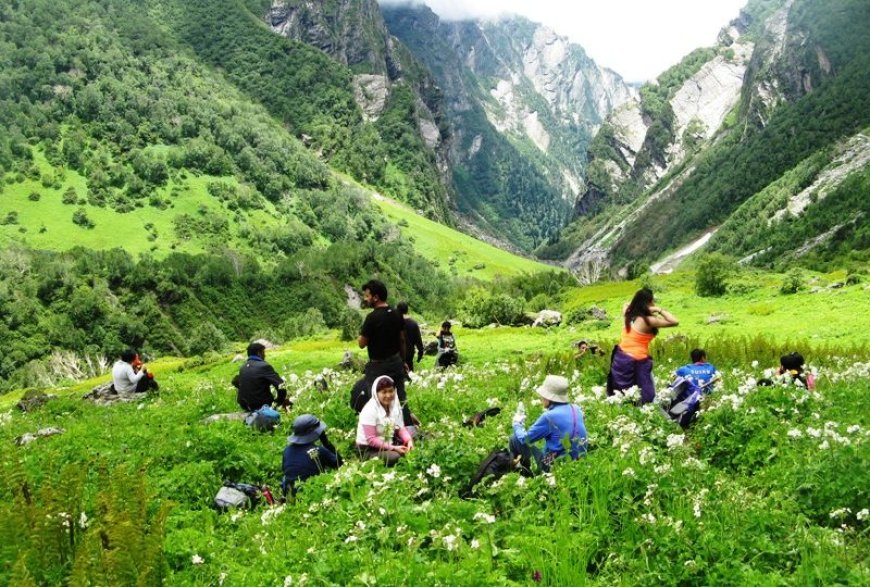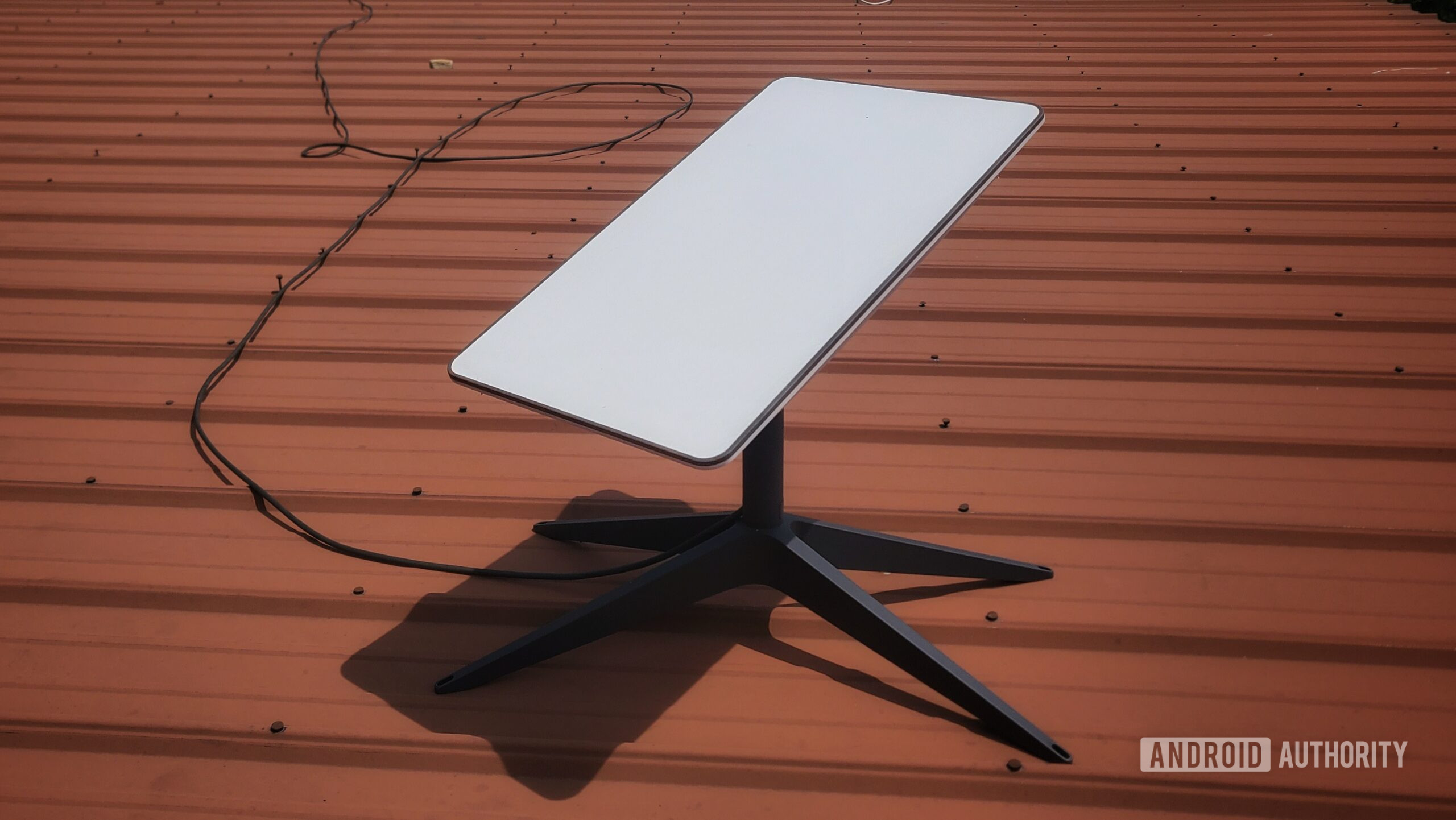A Glimpse into the Valley of Flowers
The Valley of Flowers is situated at an altitude of approximately 3,658 meters (12,000 feet) above sea level and spans over an area of about 87.5 square kilometers. The valley is part of the Nanda Devi Biosphere Reserve, which also includes the Nanda Devi National Park. Discovered in 1931 by British mountaineer Frank S. Smythe, the valley has since captivated the hearts of countless visitors.
The region is characterized by its diverse flora, including a plethora of alpine flowers such as the Himalayan blue poppy, Brahma Kamal, and cobra lily. During the monsoon season, from June to September, the valley transforms into a vibrant tapestry of colors as these flowers bloom in abundance. The sight of these blooming flowers against the backdrop of snow-capped peaks is truly a sight to behold.
The Valley of Flowers Trek
The journey to the Valley of Flowers begins at the town of Govindghat, which is well-connected by road from major cities like Rishikesh and Dehradun. From Govindghat, trekkers embark on a scenic trek that takes them through picturesque landscapes, dense forests, and gushing rivers. The trek is approximately 17 kilometers long and can be completed over the course of 3-4 days.
The first leg of the trek takes you from Govindghat to Ghangaria, a small hamlet that serves as the base camp for both the Valley of Flowers and the Hemkund Sahib trek. This 14-kilometer stretch is a moderate ascent and offers breathtaking views of the surrounding mountains and valleys. Ghangaria is equipped with basic accommodation and dining facilities, making it a comfortable stopover for trekkers.
From Ghangaria, a 3-kilometer trek leads to the entrance of the Valley of Flowers National Park. As you step into the valley, you are greeted by an explosion of colors and fragrances. The well-defined trails within the park make it easy to explore the valley and witness its myriad floral wonders. The trek is suitable for beginners and experienced trekkers alike, and the serene beauty of the valley makes every step worthwhile.
The Valley of Flowers Trek Cost
Embarking on the Valley of Flowers trek is a rewarding experience, but it is essential to plan your trip and budget accordingly. The Valley of Flowers trek cost can vary depending on several factors, including the mode of transportation, accommodation preferences, and the choice of trekking package.
-
Transportation Costs: The journey to Govindghat can be undertaken by road or air. If you are traveling from major cities like Delhi, you can opt for a train or bus to Rishikesh or Haridwar, followed by a taxi or bus to Govindghat. The cost of transportation can range from INR 1,000 to INR 3,000 (approximately $15 to $40) per person, depending on the mode of travel and distance.
-
Accommodation Costs: Accommodation options in Govindghat and Ghangaria vary from budget guesthouses to mid-range hotels. Budget accommodations can cost around INR 500 to INR 1,500 (approximately $7 to $20) per night, while mid-range hotels can charge between INR 2,000 to INR 4,000 (approximately $27 to $54) per night. It is advisable to book your accommodation in advance, especially during the peak trekking season.
-
Trekking Packages: Many trekking agencies offer comprehensive Valley of Flowers trek packages that include transportation, accommodation, meals, permits, and guide services. These packages can range from INR 8,000 to INR 15,000 (approximately $110 to $200) per person, depending on the duration and inclusions. Opting for a trekking package can simplify your planning and ensure a hassle-free experience.
-
Additional Expenses: It is important to account for additional expenses such as permits, travel insurance, personal gear, and miscellaneous costs. Entry permits to the Valley of Flowers National Park cost around INR 150 for Indian nationals and INR 600 for foreign nationals. Travel insurance is highly recommended to cover any unforeseen emergencies.
Flora and Fauna of the Valley
The Valley of Flowers is a botanical marvel, home to over 600 species of flowers, many of which are endemic to the region. Some of the prominent floral species found here include:
- Himalayan Blue Poppy: Known for its striking blue petals, this flower is one of the iconic blooms of the valley.
- Brahma Kamal: A rare and sacred flower, the Brahma Kamal blooms at high altitudes and is considered a symbol of purity.
- Cobra Lily: This unique flower, with its hooded shape, adds to the mystical charm of the valley.
Apart from flowers, the valley also boasts a diverse range of fauna, including Himalayan black bears, snow leopards, musk deer, and a variety of bird species. The region's unique ecosystem makes it a haven for wildlife enthusiasts and bird watchers.
Best Time to Visit
The Valley of Flowers is accessible only during the summer and monsoon months, from late June to early October. The best time to visit is during July and August when the flowers are in full bloom, and the valley is at its most vibrant. However, it is important to note that the monsoon season can bring heavy rainfall, making the trek challenging at times. Proper trekking gear and precautions are essential to ensure a safe and enjoyable journey.
Tips for a Successful Trek
-
Physical Fitness: The trek to the Valley of Flowers requires a moderate level of physical fitness. Regular exercise and cardiovascular training in the months leading up to the trek can help you prepare for the journey.
-
Packing Essentials: Pack light but ensure you carry essential items such as comfortable trekking shoes, warm clothing, rain gear, a first aid kit, water bottles, snacks, and a sturdy backpack.
-
Acclimatization: Spend a day or two in Govindghat or Ghangaria to acclimatize to the high altitude before embarking on the trek. This will help prevent altitude sickness.
-
Hydration: Stay hydrated throughout the trek by drinking plenty of water. Carry water purification tablets or a portable water filter to ensure access to safe drinking water.
-
Respect Nature: The Valley of Flowers is a protected area, and it is crucial to follow eco-friendly practices. Avoid littering, stay on designated trails, and refrain from picking flowers or disturbing wildlife.
Conclusion
The Valley of Flowers is a testament to nature's unparalleled beauty and diversity. Its enchanting landscapes, vibrant flora, and serene ambiance make it a must-visit destination for anyone seeking an escape into the wilderness. Whether you are an avid trekker, a nature enthusiast, or a spiritual seeker, the Valley of Flowers offers an unforgettable experience that will leave you with memories to cherish for a lifetime. With careful planning and consideration of the Valley of Flowers trek cost, you can embark on this magical journey and witness the splendor of one of the world's most captivating natural wonders.

 Like
0
Like
0
 Dislike
0
Dislike
0
 Love
0
Love
0
 Funny
0
Funny
0
 Angry
0
Angry
0
 Sad
0
Sad
0
 Wow
0
Wow
0











































